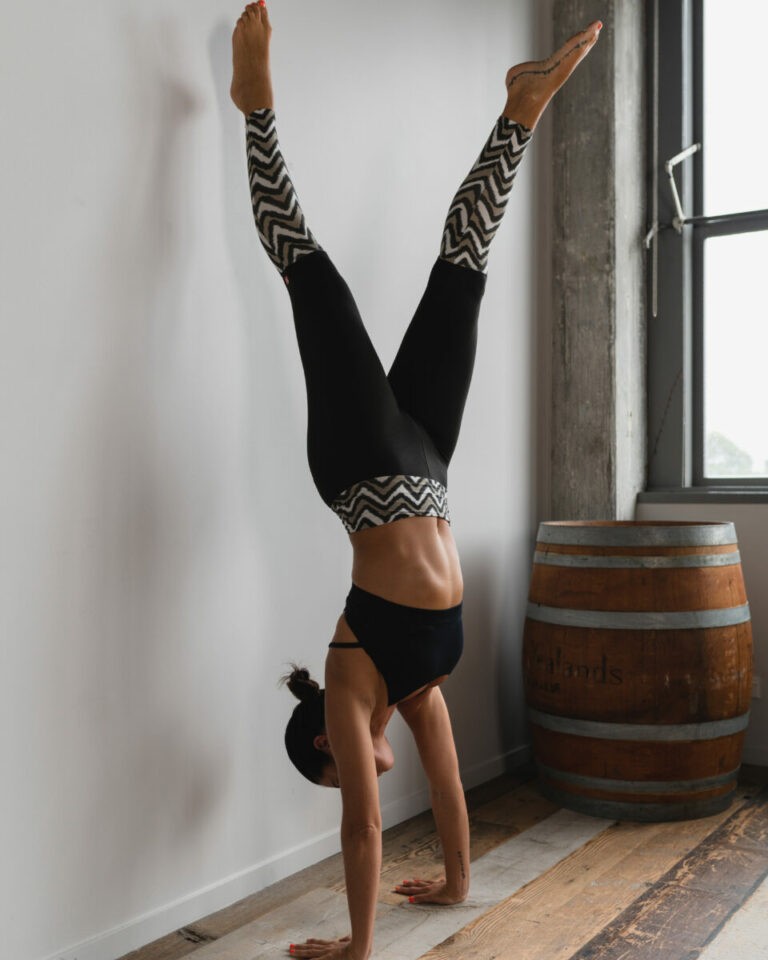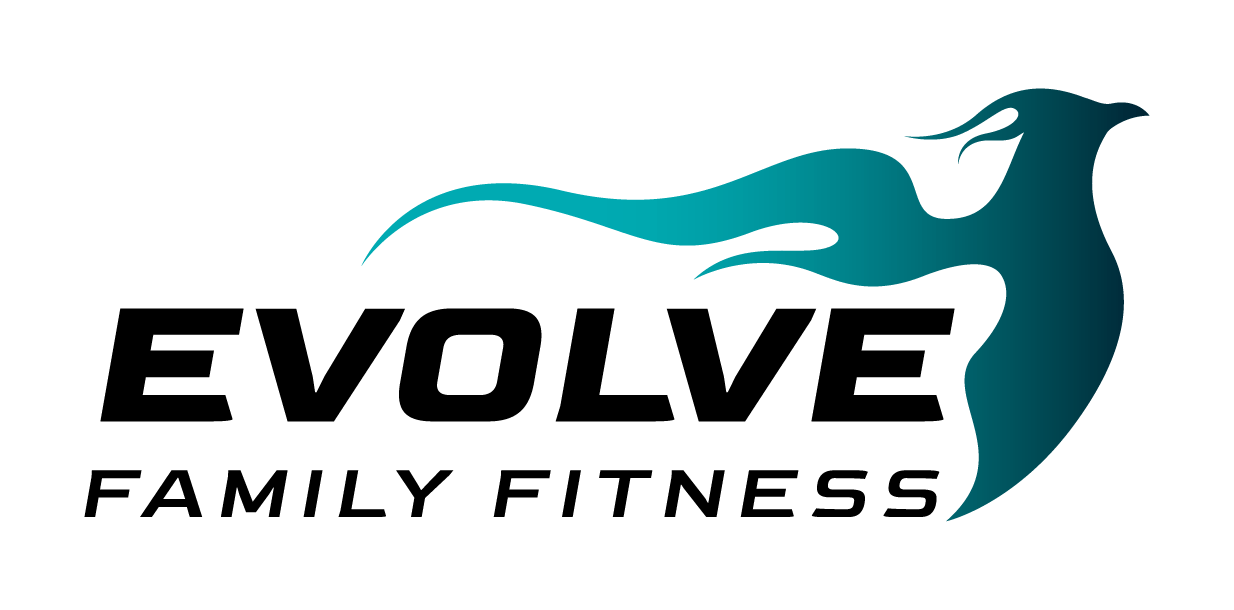The New Year often brings on a slew of 5-minute plank challenges, but this year it’s time for something different. Check out this unique plank challenge, which delivers more fun and more benefit than you might have thought possible from the ubiquitous plank exercise.
Our Plank Addiction
As often happens when something gets popular, the plank became wildly popular and then it became overused. Case in point: The world record for a static plank now stands at more than 10 hours.
To be clear, the plank is a wonderfully beneficial exercise. It develops core strength combined with full-body stability. It also teaches us to coordinate that stability across multiple joints simultaneously. But the main benefit of planks becomes its biggest problem when overused.
There is no movement.
Stuck in Plank Mode
Life is movement, not the absence of it. An exceptional ability to not move does not serve us well when we need to move.
The ability to create and maintain a static plank for a reasonable amount of time (20-30 seconds) is a fundamental physical ability, just as learning the alphabet is fundamental to communication. If all we do is hold our static plank for longer amounts of time, it is like practicing the alphabet over and over and never using the letters to build words and sentences.
Turning “Plank” Into an Action Verb
The entire reason we should do a plank is to be able to move more effectively. With that in mind, this challenge does just that—gets you moving in a plank—while also presenting a progressive challenge to inspire and motivate you throughout January to continually enjoy the feeling of continuous improvement from your consistent effort.
The challenge also incorporates your cellphone, which means you should be able to do it almost anywhere, anytime since we always have our phones with us.
The Challenge
The Exercise: Plank with Behind-the-Back Pass
- Assume an elbow plank position, with feet slightly wider than normal.
- Hold your cellphone (or other similar object) in one hand, pass it around and place it on your low back.
- Return that elbow to the floor and then lift the other arm to retrieve your cellphone from your low back.
- Return that elbow to the floor and now repeat the movement in the opposite direction.
- Each time your cellphone returns to the floor in your hand, that is one rep (regardless of direction).
The Schedule: This challenge is designed to run for 30 days. For the first five days, you will perform the exercise every day for five reps. For the subsequent five days, perform the exercise daily, adding five more reps for a total of 10. Every five days, add five more reps.
- Days 1-5: 5 reps
- Days 6-10: 10 reps
- Days 11-15: 15 reps
- Days 16-20: 20 reps
- Days 21-25: 25 reps
- Days 26-30: 30 reps
If you miss a day, just pick up where you left off. Twenty-nine, 28 or 27 days of doing this challenge will do wonders for your ability to maintain core stability while moving your arms. We make progress in fitness through persistent performance, not perfect performance.
Performance Tips
- For this plank, the feet are positioned wider than in a normal elbow plank because lifting one arm off the floor creates significant asymmetrical challenge and instability in your upper body, so we need to have more stability elsewhere. You can adjust the spacing of your feet during the challenge if you like, keeping in mind that the closer your feet are to each other, the more difficult the exercise will be to perform well.
- Move slowly. In preparing to lift one arm, shift most of your weight to the other arm first to create a feeling that the other arm can “float” off the floor.
- Putting something on your low back discourages lifting or rotating the hips, which are two of the most common technique flaws in a plank. This encourages awareness of good technique while simultaneously giving you motivation to perform well and feedback on how well you are doing. For example, if your phone is falling off to the side, you are getting excessive hip rotation. If it is sliding up your back toward your head, you are getting excessive hip elevation.




